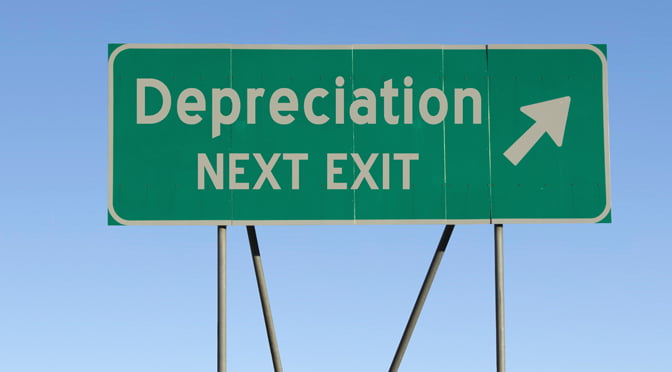Property Depreciation 101

With tax time fast approaching now is the perfect time to get clear on what you, as the owner of an investment property, can claim as a tax deduction. Depreciation is one of many tax deductions available to property investors that will reduce your taxable income so you pay less tax. Unfortunately it is often overlooked, or forgotten, as property investors are not aware of it. Here we run you through the basics.
What is property depreciation?
Property depreciation is a tax deduction on the wear and tear of an investment property over time. There are two types of deductions available:
1. Capital works allowance (commonly known as building allowance) – refers to the construction costs of the building itself such as concrete and brickwork. This is calculated at between 2.5% and 4% per year of original construction depending on the date of construction.
2. Plant and equipment – refers to items within the building like ovens, dishwashers, carpet, blinds, etc. The rate at which it is calculated differs per item over their effective life.
As the current owner of an investor property you can claim deductions regardless of the fact that you may not have originally paid for them. All you need to do is obtain a property depreciation schedule, also known as a quantity surveying report, and provide it to your registered accountant at tax time.
Who can calculate a property depreciation schedule?
If your residential property was built after 1985 your accountant is not allowed to estimate the construction costs. Tax Ruling 97/25 by the Australian Taxation Office (ATO) has identified quantity surveyors as qualified to make appropriate estimates of construction costs where those costs are unknown. A quantity surveyor will inspect your investment property and provide a comprehensive depreciation schedule within two to three weeks.
When working with your quantity surveyor, be sure to discuss the following so it is included in your depreciation schedule:
- Your depreciation schedule should last at least 20 years. If your investment property is brand new, your depreciation schedule should last for 40 years
- If you have ever lived in your investment property, your depreciation schedule should reflect the periods that it was owner-occupied and the time it became an income-producing asset
- If you have purchased the property with a friend or family member, your depreciation schedule should reflect how much you each individually own of that property.
Make sure you also request a receipt as obtaining a property depreciation schedule is a tax deductable expense.
How much should I expect in deductions?
This will vary based on numerous factors such as property size, location, quality of internal fixtures, etc. We used an online calculator to provide you with an example. The following is based on a high rise Brisbane apartment built in 2016 and purchased for $460,000.
| YEARS | DIMINISHING VALUE | PRIME COST |
| Year 1 | $15,000 | $9,000 |
| Year 2 | $11,000 | $9,000 |
| Year 3 | $9,000 | $9,000 |
| Year 4 | $9,000 | $9,000 |
| Year 5 | $8,000 | $8,000 |
| Year 6 | $7,000 | $8,000 |
| Year 7 | $7,000 | $8,000 |
| Year 8 | $7,000 | $8,000 |
| Year 9 | $7,000 | $8,000 |
| Year 10 | $6,000 | $8,000 |
| FIRST 10 YEAR SAVINGS | $86,000 | $85,000 |
Please note: the example calculation is an estimate only and should not to be used for taxation purposes.
When should I get a property depreciation schedule?
We suggest obtaining a depreciation schedule as soon as you can. Even if you purchased your investment property close to the end of the financial year it’s still worth it. The cost of ‘small items’ (valued at $300 or below) and ‘low-pooled items’ (totalling no more than $1,000) under plant and equipment can be written off immediately as they should not be pro-rated. This means you can maximise these deductions whether you have owned your investment property for 1 day or 365 days.
If you purchased your investment property a couple of years ago fear not. Your accountant may be able to claim back deductions going up to two years back.
Where do I find a quantity surveyor?
ParkTrent can take the hassle away and arrange the preparation of a depreciation schedule on your behalf. We only use qualified surveyors registered with the Australian Institute of Quantity Surveyors (AIQS) so you can be assured of accuracy and maximum tax deductions.
To request a depreciation schedule for your investment property, contact our Business Development Manager, Warren Wade, today on (02) 4225 2440 or send him an email warrenw@parktrent.com.au.

